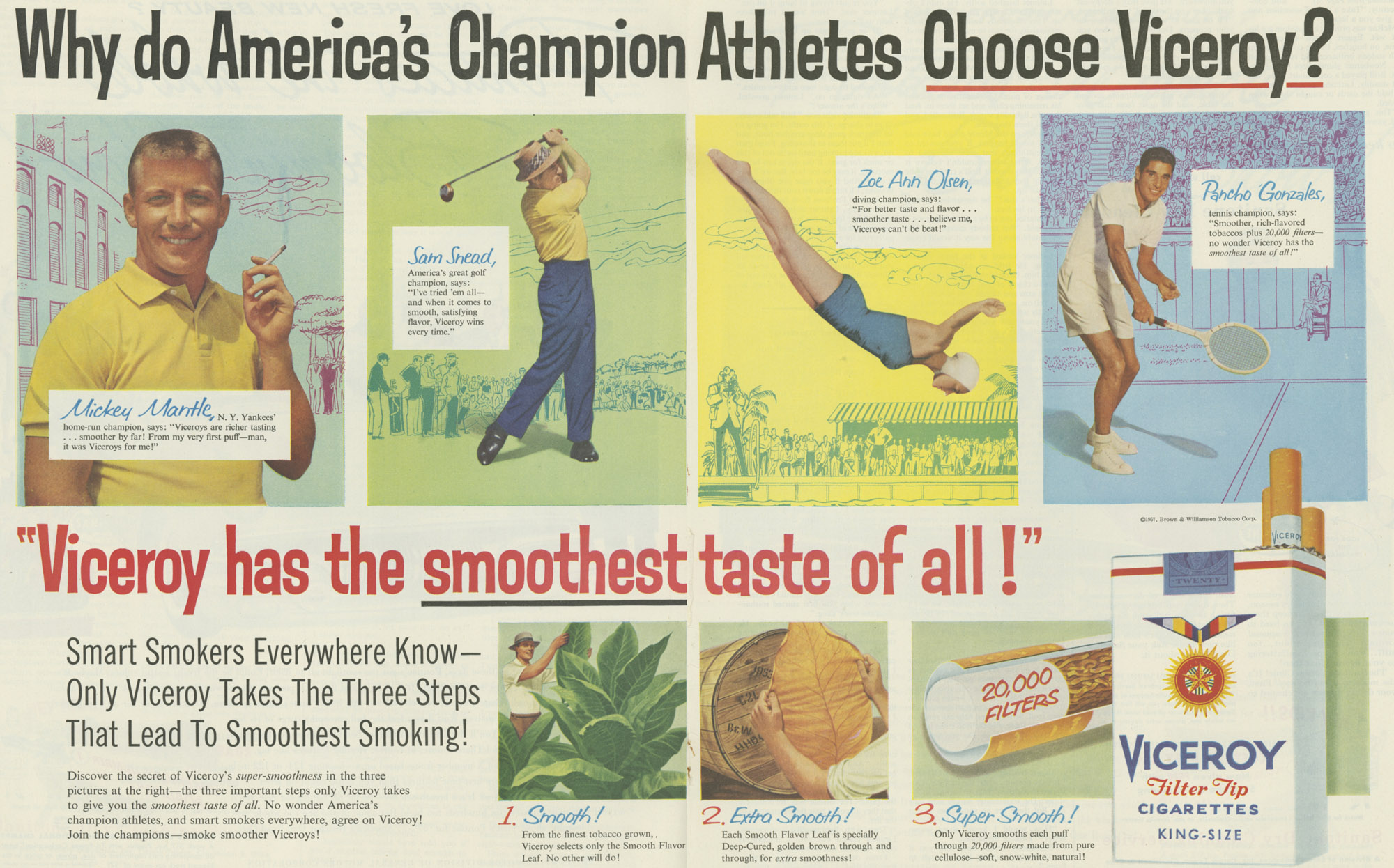2.2 Changing Definitions of Substance Use
As how we view social phenomena varies over time and across cultures, attitudes towards and control of the consumption of psychoactive substances are often subject to change. Continuing with the examples of coffee and tobacco products, we see how social perceptions of these substances have evolved over time. As noted in Chapter 1, today the most commonly consumed psychoactive substance is the nervous system stimulant caffeine. Coffee (a popular source of caffeine) is the second most traded commodity in the world (Chan, July 7, 2020). In other words, the ingestion of caffeine via drinking coffee is not only a socially acceptable activity in the 21st century, it is highly normalized. Tim Horton’s boasts on their website that their coffee sales in Canada exceed more than two billion cups annually (Fresh Facts, n.d.).

Attitudes towards tobacco and its use have followed a somewhat different path than coffee, moving from being viewed with derision to social acceptance and back to derision. Although tobacco smoking became normalized, commodified, and even trendy after the introduction of commercial cigarette production (see cigarette advertisement above) and the popularization of cigarette smoking by women in public (see video and reading below) (Amos & Haglund, 2000; Mishra & Mishra, 2013), a return to negative views began in the 1950s, tied to increasing attention to the health concerns of smoking. This culminating with the release of the 1964 US Surgeon General’s Report, that drew a causal link between tobacco consumption and many health conditions, including cancer.
VIDEO: Woman Student — Camel 30-Day Test Commercial
The following video illustrates some of the ways in which cigarette smoking was viewed and depicted in television advertisements in the 1950s and 60s.
Click the link below to read a BMJ article about the changing views of women and smoking:
From Social Taboo to “Torch of Freedom”: The Marketing of Cigarettes to Women
Despite the ebb and flow in Western societal attitudes towards tobacco use, if we look across cultures we find varying trends in use and perceptions of different forms of tobacco. For example, among some Indigenous peoples in Canada, natural tobacco (as opposed to commercial tobacco) is viewed as a sacred plant, as it has been for thousands of years (FHNA, n.d.; NCCAH, 2013). Today, it continues to be used for ceremonial, sacred and social purposes, including as part of purification and healing rituals (Cancer Care Ontario, n.d.; FHNA, n.d.; NCCAH, 2013). There is, however, a differentiation made between traditional and non-traditional use. The latter tied to commercial tobacco products (e.g., cigarettes, cigars, pipes, chewing tobacco) and their documented negative health impacts (FHNA, n.d.; NCCAH, 2013).
VIDEO: Tobacco is Medicine
The following video explores the role of tobacco and its importance in Indigenous cultures today.

